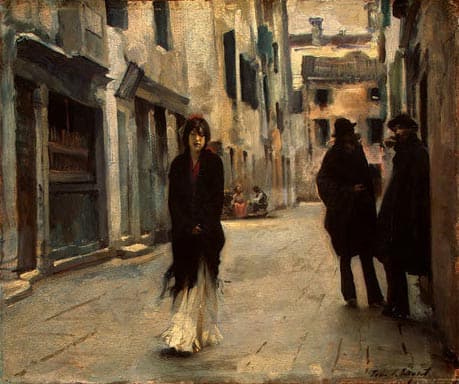“Come on guys, really?!” He shouted at us as we walked by. He was mad that we didn’t want to stop and listen to his headphones. It was a Tuesday, close to midnight, on Bloor street near Christie Pits.
My friend and I just looked at each other and kept walking as this dude screamed, indignant that we wouldn’t physically stop and listen to his earphones. We grinned and laughed a bit. Then, when I realized that he was still yelling at us when we were almost a block away, I thought, “Shit, I hope he doesn’t have a gun.”
Afterward, my friend and I began discussing why situations such as this are even possible. It has been my experience that gender and sex are understood and constructed in public spaces to reduce any visibility of women and queer folks, while maintaining a visibility of men and the show of masculinity.
Many males roam the streets at any time of day or night feeling a sense of entitlement to that space and the bodies within it. If a woman were to act in this same way, she’d be “setting herself up for harassment,” because her body, as female, is not entitled to such space or such ownership – and to make it appear as entitled (or appear at all) is to expect backlash. The same goes for “readably” queer folks, who would meet a similar fate of harassment and perhaps even assault. Queer folks are highly invisibilized in public space, save for certain areas of the city where they have both created their own community and have been siphoned off by a culture of heteronormativity.
I am reminded of the actual physical constructions of male and female bodies. Males are sold the ideal of mass muscles, lots of gym time, protein shakes and powders in order to achieve maximum physical muscle mass and fitness. Women are sold yoga to slim down, diets to shed unwanted fat and are generally discouraged from mass muscle building and therefore physically taking up space with their bodies, or having any physical strength to perhaps fight, fight back or defend.
The fact that I instantaneously felt threatened because a dude on Bloor in Toronto couldn’t get over his pride, or his entitlement toward me and my female friend, signals the sad state of our public domains and how they relate to gender and sexuality. Street harassment is something I have faced my entire life and, as both a woman and a queer woman, have had a complicated relationship with. I have enrolled in self-defense classes, carried pocket knives and pepper spray with me, trained to competitively box and avoided areas of the city and times of night all together to “reduce” my “risk” of experiencing street harassment. But of course, this risk reduction is merely an imaginative trope that believes in an ideal world, in which women and queer folks are not harassed, followed home or assault in public spaces.
How do we remedy this, friends? I’m not sure yet. Perhaps constructing spaces wherein we are safe, and safe to explore the world and ourselves are important places of departure for our journey in creating a world free of street harassment. Questioning why our reality is what it is, and where it is what it is, is a pretty damn good place to start.



 Follow Us On Instagram
Follow Us On Instagram
